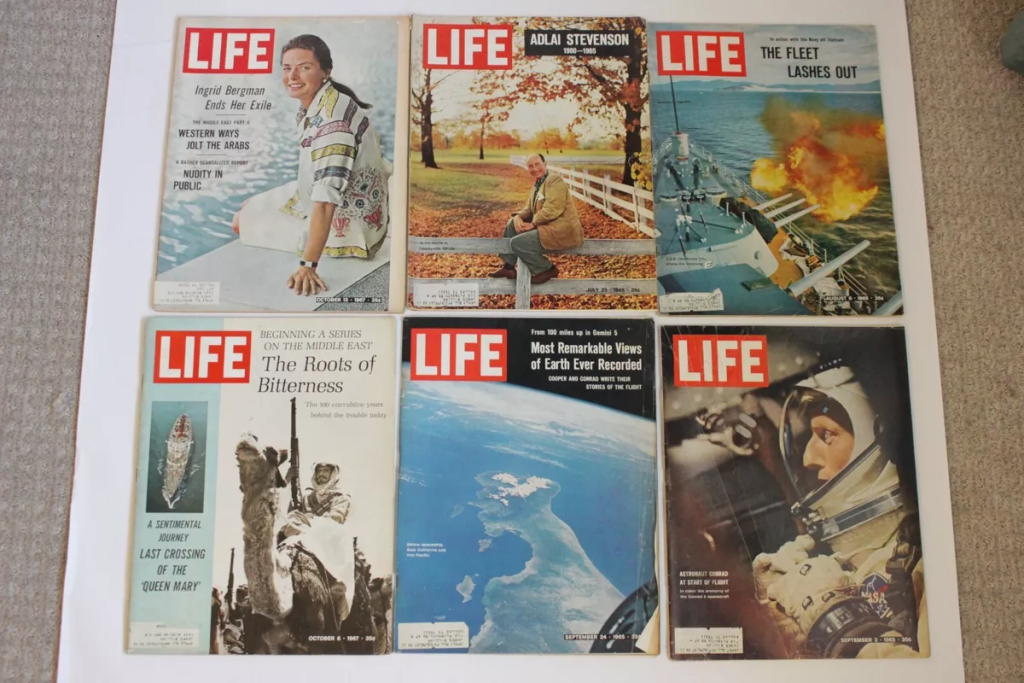The Evolution of Live Magazine: A Historical Overview
Live Magazine has been a significant player in the world of print and digital media for decades. Known for its in-depth reporting, compelling stories, and striking photography, the magazine has carved out a niche for itself in the competitive landscape of journalism. This article traces the evolution of Live Magazine, exploring its origins, milestones, and the challenges it has faced in adapting to the digital age.
The Birth of Live Magazine
Live Magazine was first launched in the early 20th century as a platform for long-form journalism and photo essays. At a time when the public’s appetite for news was growing, the magazine sought to provide readers with more than just headlines. It aimed to tell the stories behind the news, offering in-depth analysis and human interest features that brought events to life.
From its inception, Live Magazine distinguished itself with its high-quality photography. The magazine’s editorial team understood the power of visual storytelling and invested heavily in photographers who could capture the essence of a moment. This commitment to visual excellence helped Live build a loyal readership and established its reputation as a leading publication in its field.
Key Milestones in Live Magazine‘s History
Over the years, Live Magazine has achieved several significant milestones that have shaped its identity and influence in the media landscape.
- The Golden Age of Photojournalism: The mid-20th century is often regarded as the golden age of photojournalism, and Live Magazine was at the forefront of this movement. The magazine published iconic photo essays that captured the spirit of the times, from the aftermath of World War II to the civil rights movement in the United States. These powerful images resonated with readers and played a crucial role in shaping public opinion.
- Expanding Coverage: As the magazine grew in popularity, its coverage expanded to include a broader range of topics. Live began to feature stories on science, technology, culture, and lifestyle, appealing to a more diverse audience. This diversification helped the magazine stay relevant in an ever-changing media landscape.
- Transition to Digital: The advent of the internet and the rise of digital media posed significant challenges to traditional print publications. Live Magazine was no exception. Faced with declining print circulation and advertising revenue, the magazine made a strategic decision to embrace digital platforms. This transition involved launching a website, offering digital subscriptions, and creating content tailored for online audiences.
- Interactive and Multimedia Content: In the digital age, Live Magazine has continued to innovate by incorporating interactive and multimedia elements into its content. The magazine now offers video documentaries, podcasts, and interactive features that allow readers to engage with stories in new and dynamic ways. This approach has helped Live maintain its relevance in an increasingly digital world.

Challenges and Adaptations
The journey of Live Magazine has not been without its challenges. The shift from print to digital was a significant undertaking, requiring changes in both content creation and distribution. The magazine had to navigate the complexities of maintaining its journalistic integrity while adapting to the fast-paced nature of digital media.
Read More: 9300120111410471677883
One of the biggest challenges was maintaining a loyal readership. As more people turned to the internet for news, Live Magazine had to find ways to differentiate itself from the plethora of online content. This involved focusing on quality over quantity, ensuring that every article, photo essay, and video produced was of the highest standard.
Another challenge was monetization. The decline in print advertising revenue forced the magazine to explore new revenue streams, such as digital subscriptions, sponsored content, and partnerships. These efforts have been essential in sustaining the magazine’s operations and allowing it to continue producing high-quality journalism.
The Impact of Live Magazine
Throughout its history, Live Magazine has had a profound impact on journalism and storytelling. The magazine has been a platform for some of the most influential photojournalists and writers of the 20th and 21st centuries. Its commitment to in-depth reporting and visual storytelling has set a standard for other publications to follow.
Live has also played a role in shaping public discourse. The magazine’s coverage of major events and social issues has often influenced public opinion and policy decisions. By providing readers with a deeper understanding of the world, Live Magazine has contributed to informed citizenship and social awareness.
The Future of Live Magazine
As Live Magazine looks to the future, it faces both challenges and opportunities. The media landscape continues to evolve, with new technologies and platforms emerging at a rapid pace. To stay relevant, the magazine will need to continue innovating and finding new ways to engage readers.
One potential avenue for growth is in the realm of immersive journalism. Virtual reality (VR) and augmented reality (AR) technologies offer exciting possibilities for storytelling, allowing readers to experience stories in a more immersive and interactive way. Live Magazine has already begun exploring these technologies, and they may play a significant role in the magazine’s future content offerings.
Another opportunity lies in expanding the magazine’s global reach. As digital platforms break down geographical barriers, Live has the potential to attract readers from around the world. By offering content in multiple languages and covering global issues, the magazine can broaden its audience and influence.
Conclusion: The Enduring Legacy of Live Magazine
Live Magazine has weathered the storms of the media industry for decades, evolving from a print publication to a digital powerhouse. Its commitment to quality journalism and visual storytelling has made it a trusted source of news and information for generations of readers. As it continues to adapt to the changing media landscape, Live remains a vital part of the journalistic tradition, with a legacy that will endure for years to come.













Post Comment